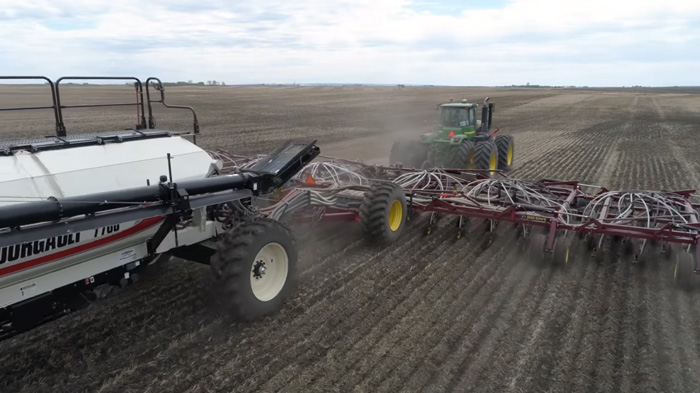Manitoba Agriculture reports the rain that has slowed spring seeding will give this year’s crops a good start.
Dennis Lange, a pulse and soybean specialist with Manitoba Agriculture and editor of the provincial crop report, reports planting is now approximately four percent complete across the province, behind the five-year average of nine percent but, with the warmer weather forecast for later this week, he expects those numbers to rise.
Across Agro-Manitoba they’ve received variable amounts of precipitation over the last five days. Amounts range anywhere from four millimetres all the way up to 37 millimetres and most of those regions, whether it’s in central, eastern, interlake or northwest.
Northwest was some of the drier regions that we did see some rainfall in, in the Pas area but areas like Ethelbert actually got upwards of 35 millimeters so the rainfall was pretty much widespread across the province this past week or so. That will do well to replenish some of the dugouts, the ponds for the livestock folk and also it’ll make things pop out of the ground once we get warm weather and get more seeding done.
We were on the drier side going into spring and now, with this rainfall, that will help out dramatically with how the crop is going to perform early anyway. A lot of areas are considered to be wet or in some cases very wet but we’re getting close to field capacity in a lot of areas. I think we’re OK.
There’s not a lot of standing water in various fields around the central region. In other areas some of those lower depressions might have standing water but, for the most part, I think this is going to be a good rain for Manitoba producers being able to get that crop off to a really good start. Now we just need some warmer weather to go along with that to get things to grow.
~ Dennis Lange, Manitoba Agriculture
Lange says planting of field peas is most advanced at this point at 11 percent complete across the province and on the cereal side spring wheat is about nine percent complete and some of the early seeded fields are already starting to emerge.




